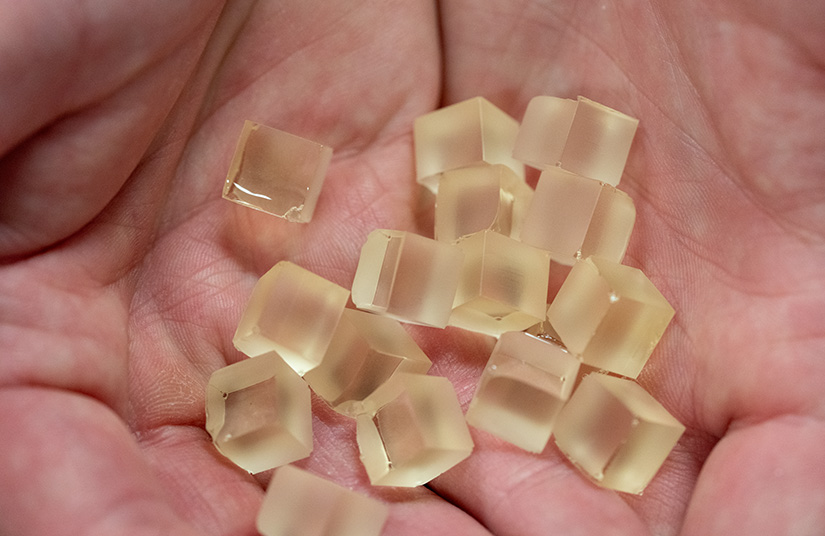2024-08-22 ワシントン州立大学(WSU)
<関連情報>
- https://news.wsu.edu/press-release/2024/08/22/self-improving-ai-method-increases-3d-printing-efficiency/
- https://onlinelibrary.wiley.com/doi/10.1002/admt.202400037
機械学習による高忠実度手術前臓器モデルの3Dプリントの設計と最適化 Machine Learning Enabled Design and Optimization for 3D-Printing of High-Fidelity Presurgical Organ Models
Eric S. Chen, Alaleh Ahmadianshalchi, Sonja S. Sparks, Chuchu Chen, Aryan Deshwal, Janardhan R. Doppa, Kaiyan Qiu
Advanced Materials Technologies Published: 06 August 2024
DOI:https://doi.org/10.1002/admt.202400037

Abstract
The development of a general-purpose machine learning algorithm capable of quickly identifying optimal 3D-printing settings can save manufacturing time and cost, reduce labor intensity, and improve the quality of 3D-printed objects. Existing methods have limitations which focus on overall performance or one specific aspect of 3D-printing quality. Here, for addressing the limitations, a multi-objective Bayesian Optimization (BO) approach which uses a general-purpose algorithm to optimize the black-box functions is demonstrated and identifies the optimal input parameters of direct ink writing for 3D-printing different presurgical organ models with intricate geometry. The BO approach enhances the 3D-printing efficiency to achieve the best possible printed object quality while simultaneously addressing the inherent trade-offs from the process of pursuing ideal outcomes relevant to requirements from practitioners. The BO approach also enables us to effectively explore 3D-printing inputs inclusive of layer height, nozzle travel speed, and dispensing pressure, as well as visualize the trade-offs between each set of 3D-printing inputs in terms of the output objectives which consist of time, porosity, and geometry precisions through the Pareto front.


